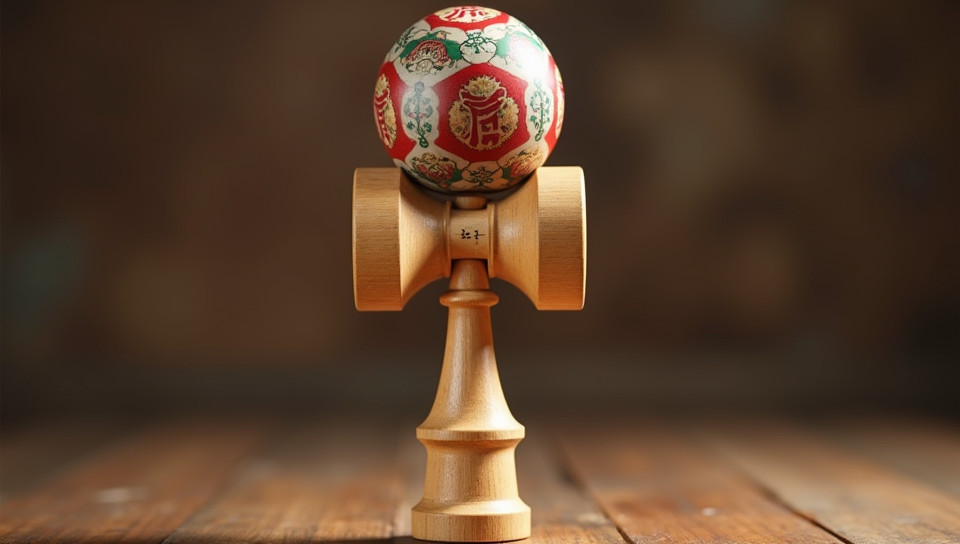Kendama skills develop through muscle memory 79%

The Secret to Mastering Kendama: Unleashing the Power of Muscle Memory
Have you ever tried your hand at kendama, only to find yourself frustrated and unable to perform even the simplest tricks? You're not alone. Kendama is a notoriously challenging toy, requiring a unique combination of hand-eye coordination, fine motor skills, and practice. But what sets apart those who master the art from those who struggle to get started? The answer lies in muscle memory.
What is Muscle Memory?
Muscle memory, also known as motor learning, refers to the ability of our brains to store and recall physical movements without conscious thought. It's a crucial component of any skill that requires repetition and practice, including sports, music, and yes, kendama.
How Does Muscle Memory Relate to Kendama?
When we first start playing with kendama, every trick feels like a struggle. Our hands are unsure where to place the ball, our fingers fumble for the right grip, and our arms flail wildly as we try to balance the toy. But as we practice consistently, something remarkable happens: our brain starts to store the physical movements required for each trick. The more we play, the more automatic these movements become.
Building Muscle Memory with Kendama
So how can you start building muscle memory with kendama? Here are some key tips:
- Start with short practice sessions: 10-15 minutes a day is plenty.
- Focus on one trick at a time: master each trick before moving on to the next.
- Practice regularly: consistency is key when it comes to developing muscle memory.
- Break down complex tricks into smaller parts: this will help you build muscle memory for individual components of the trick.
The Benefits of Muscle Memory in Kendama
Developing muscle memory with kendama has numerous benefits, both physically and mentally. For one, it allows us to perform tricks more efficiently and effectively, freeing up our minds to focus on more complex and challenging moves. Additionally, muscle memory helps build confidence and reduces frustration, making the learning process more enjoyable and rewarding.
Conclusion
Mastering kendama is not just about physical skill; it's also about mental toughness and dedication. By understanding the role of muscle memory in developing our skills, we can approach practice with a clear strategy and a sense of purpose. With consistent effort and patience, anyone can unlock the secrets of kendama and join the ranks of skilled players around the world. So don't give up – keep practicing, and let your muscles do the rest!
- Created by: Evelyn Perez
- Created at: Jan. 17, 2025, 6:51 p.m.
- ID: 18068








